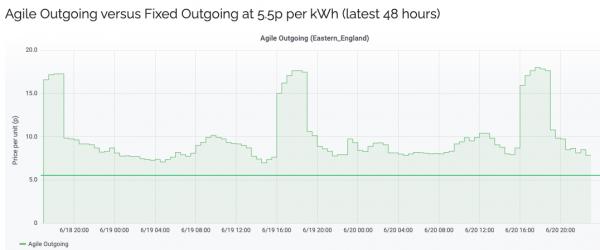| Home |
| Green Building Bible, Fourth Edition |

|
These two books are the perfect starting place to help you get to grips with one of the most vitally important aspects of our society - our homes and living environment. PLEASE NOTE: A download link for Volume 1 will be sent to you by email and Volume 2 will be sent to you by post as a book. |
Vanilla 1.0.3 is a product of Lussumo. More Information: Documentation, Community Support.
Posted By: quinnj3My wife is working from home now so PC is on for at least 8 hours a day at approx. ... My wife is always cold so it was a compromise to get the heating set as low as 21°C

1 to 12 of 12